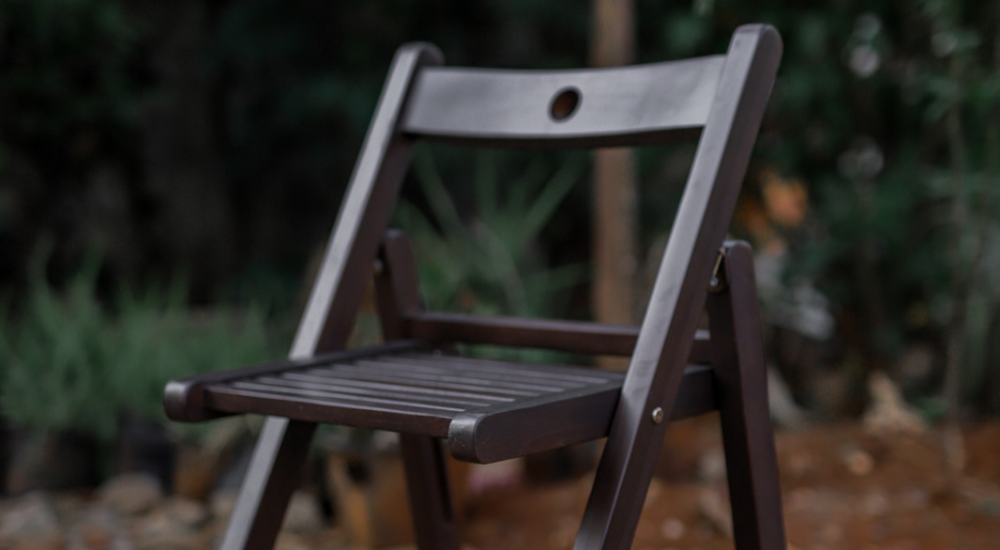Cracks, wobbly legs, and faded finishes – wood furniture endures a lot. But fear not, fellow fixer-uppers! This guide tackles six common wood furniture’s problem, empowering you to breathe new life into your cherished pieces. Channel your inner furniture whisperer with expert tips and tricks, and watch those wobbles and cracks become distant memories.

1. The Wobbly Woe:
- Unstable legs? Tightening screws or dowels is often the culprit. If that fails, wood glue injected into loose joints can work wonders.
- Uneven floors? Felt furniture pads can be lifesavers, evening out the playing field and protecting those precious legs.
Expert Tip: For stubborn wobbles, furniture expert Bob Vila recommends to fix this wood furniture’s problem by reinforcing loose joints with wooden splints and glue.
2. The Creaky Calamity:
- Squeaky drawers or hinges? Sanding the rubbing surfaces and applying a dry lubricant like powdered graphite can silence the symphony of groans.
- Loose dowels? Reinforcing them with wood glue can bring the quiet back.
Expert Tip: For stubborn creaks, furniture restorer Lucy Searle suggests to deal with this wood furniture’s problem by using a furniture wax stick to fill gaps and lubricate moving parts.
3. The Faded Finish Fiasco:
- Sun-bleached wood? Lemon oil or a vinegar-water solution can gently revive the color. For deeper fading,consider a light sanding followed by a fresh coat of stain or paint.
- Scratches and nicks? A walnut or furniture wax stick can camouflage minor imperfections. For deeper gouges,wood filler and sanding can smooth things out.
Expert Tip: When refinishing, interior designer Sarah Richardson recommends testing stain or paint on an inconspicuous area first to ensure you love the final look.
4. The Loose Veneer Lament:
- Bubbling or peeling veneer? Injecting wood glue with a syringe into the air pockets can re-adhere the veneer. For larger areas, using an iron with a damp cloth can reactivate the adhesive.
- Missing veneer? Patching with thin wood strips or even paper and glue can be surprisingly effective.
Expert Tip: For delicate veneers, furniture restorer Lucy Searle recommends to fix this wood furniture’s problem by using a heat gun on the lowest setting to gently loosen the adhesive before re-attaching the veneer.
5. The Water Woe:
- Spilled water stains? Blot up excess liquid immediately and avoid harsh chemicals. Sanding lightly in the direction of the grain can help. For stubborn stains, consult a professional restorer.
- Warped wood? Clamping and drying the affected area slowly can sometimes bring the wood back into shape. In extreme cases, professional repair might be necessary.
Expert Tip: For water damage, furniture conservator Victoria Edwards emphasizes the importance of acting quickly and avoiding drastic measures like heat or direct sunlight.
6. The Hardware Havoc:
- Broken knobs or pulls? Replacing them with fresh hardware can be a quick and easy fix. For unique pieces,consider searching online or visiting antique stores for replacements.
- Rusty hinges or locks? A wire brush and a lubricant like WD-40 can often do the trick. For stubborn rust, consider using a rust converter before applying a fresh coat of paint.
Expert Tip: When replacing hardware, interior designer Sarah Richardson recommends prevention of this wood furniture’s problem by choosing pieces that complement the overall style of the furniture for a cohesive look.
Conclusion:
With a little know-how and a dash of DIY spirit, you can conquer those wood furniture’s problem and keep your cherished pieces looking and feeling their best. Remember, patience and attention to detail are key. So, grab your toolbox, channel your inner furniture whisperer, and get ready to breathe new life into your beloved wood treasures!
Remember, this is just a sample. Feel free to adapt the tone, length, and specific tips based on your preferences and the sources you choose. Good luck with your article!



